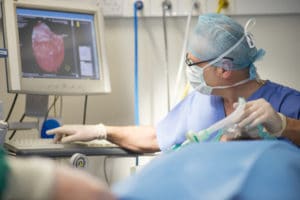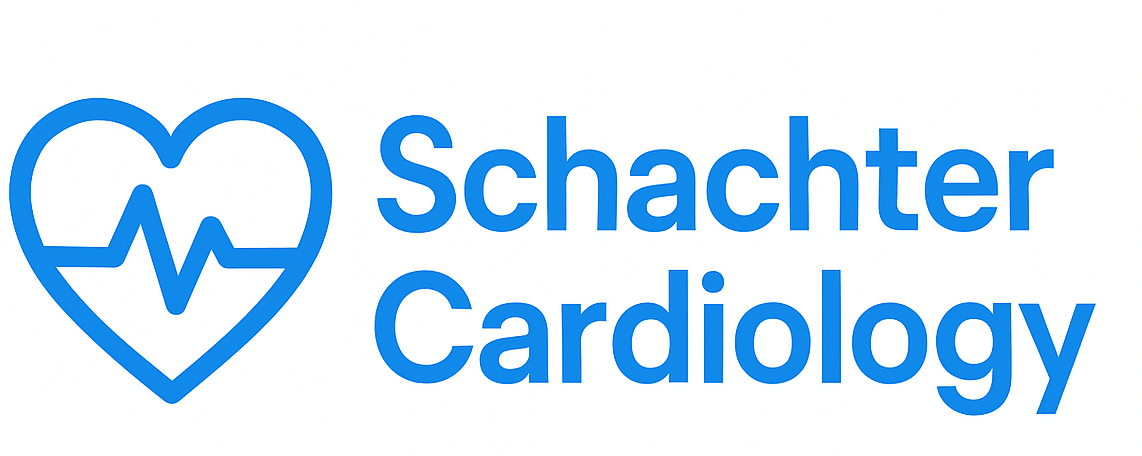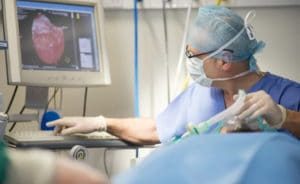
Understanding the Role of Invasive Cardiology: Procedures, Benefits, and Risks
Invasive cardiology plays a crucial role in diagnosing and treating various heart conditions. This branch of cardiology involves procedures that require entering the body, typically through blood vessels, to perform interventions or gather diagnostic data. While these procedures can be life-saving, they also come with risks and considerations.
What is Invasive Cardiology?
Invasive cardiology refers to a set of procedures performed by cardiologists to diagnose and treat heart diseases. These procedures often involve catheterization, where thin, flexible tubes (catheters) are inserted into the body, usually through the groin or wrist, and guided to the heart or coronary arteries.
Common Procedures in Invasive Cardiology
- Coronary Angiography: A diagnostic procedure that uses X-ray imaging to see the heart’s blood vessels. A contrast dye is injected through a catheter, allowing doctors to visualize blockages or narrowings in the arteries.
- Angioplasty and Stenting: These procedures are often performed together. Angioplasty involves inflating a small balloon within a narrowed artery to widen it, while stenting involves placing a small mesh tube to keep the artery open.
- Cardiac Catheterization: This diagnostic test helps assess heart function by measuring pressures within the heart chambers and evaluating blood flow.
- Electrophysiology Studies: These tests assess the electrical activity of the heart, helping diagnose arrhythmias and determine treatment methods.
- Transcatheter Aortic Valve Replacement (TAVR): A minimally invasive procedure to replace a narrowed aortic valve, typically in patients who are at high risk for open-heart surgery.
Benefits of Invasive Cardiology
Invasive cardiology provides numerous benefits, including:
- Accurate Diagnosis: Procedures like catheterization and angiography allow for a clear view of the heart’s condition, enabling precise diagnosis and treatment planning.
- Minimally Invasive Options: Many invasive procedures can be performed with small incisions or natural openings, leading to shorter recovery times and less pain compared to traditional surgery.
- Immediate Treatment: In many cases, doctors can treat issues immediately during diagnostic procedures, reducing the need for multiple hospital visits.
- Enhanced Outcomes: Patients often experience improved heart function, reduced symptoms, and a better quality of life following successful interventions.
Risks Associated with Invasive Procedures
While invasive cardiology can be highly effective, it is essential to understand the potential risks:
- Bleeding and Infection: Any procedure that involves entering the body carries a risk of bleeding and infection at the insertion site.
- Allergic Reactions: Some patients may have allergic reactions to the contrast dye used during imaging procedures.
- Heart Attack or Stroke: Although rare, complications such as heart attacks or strokes can occur during or after procedures.
- Arrhythmias: Procedures may provoke new or worsening arrhythmias, requiring further management.
Preparing for an Invasive Cardiology Procedure
If you are scheduled for an invasive cardiology procedure, preparation is crucial:
- Consultation: Discuss your medical history, current medications, and any allergies with your cardiologist.
- Pre-Procedure Instructions: Follow all instructions regarding fasting, medications, and any required tests.
- Support System: Arrange for someone to accompany you to the procedure and help with recovery afterward.
What to Expect During and After the Procedure
During the procedure:
- You will likely receive a local anesthetic and sedation to help you relax.
- Monitoring equipment will be used to keep track of your vital signs throughout the process.
After the procedure:
- You will be monitored for several hours to ensure no immediate complications arise.
- Follow post-procedure care instructions, including activity restrictions and medication management.
Life After Invasive Cardiology Procedures
Many patients experience significant improvements in their health following invasive cardiology procedures. However, it is essential to maintain a heart-healthy lifestyle post-procedure:
- Regular Check-Ups: Keep regular appointments with your cardiologist to monitor your heart health.
- Healthy Diet: Focus on a balanced diet rich in fruits, vegetables, whole grains, and lean proteins.
- Exercise: Engage in regular physical activity as advised by your healthcare provider.
- Avoid Smoking: If you smoke, seek help to quit, as smoking significantly increases heart disease risk.
Conclusion
Invasive cardiology is a vital aspect of heart health management, offering effective diagnostic and therapeutic options for various cardiovascular conditions. Understanding the procedures, benefits, and risks associated with invasive cardiology can empower patients to make informed decisions about their heart health. Always consult with your cardiologist to determine the best course of action for your individual needs.
Disclaimer: This blog post is for informational purposes only and should not be considered medical advice. Always consult a qualified healthcare professional for any questions regarding your health or medical conditions.
Disclaimer: This article is for educational purposes only and does not constitute medical advice. Always consult a qualified healthcare professional.




